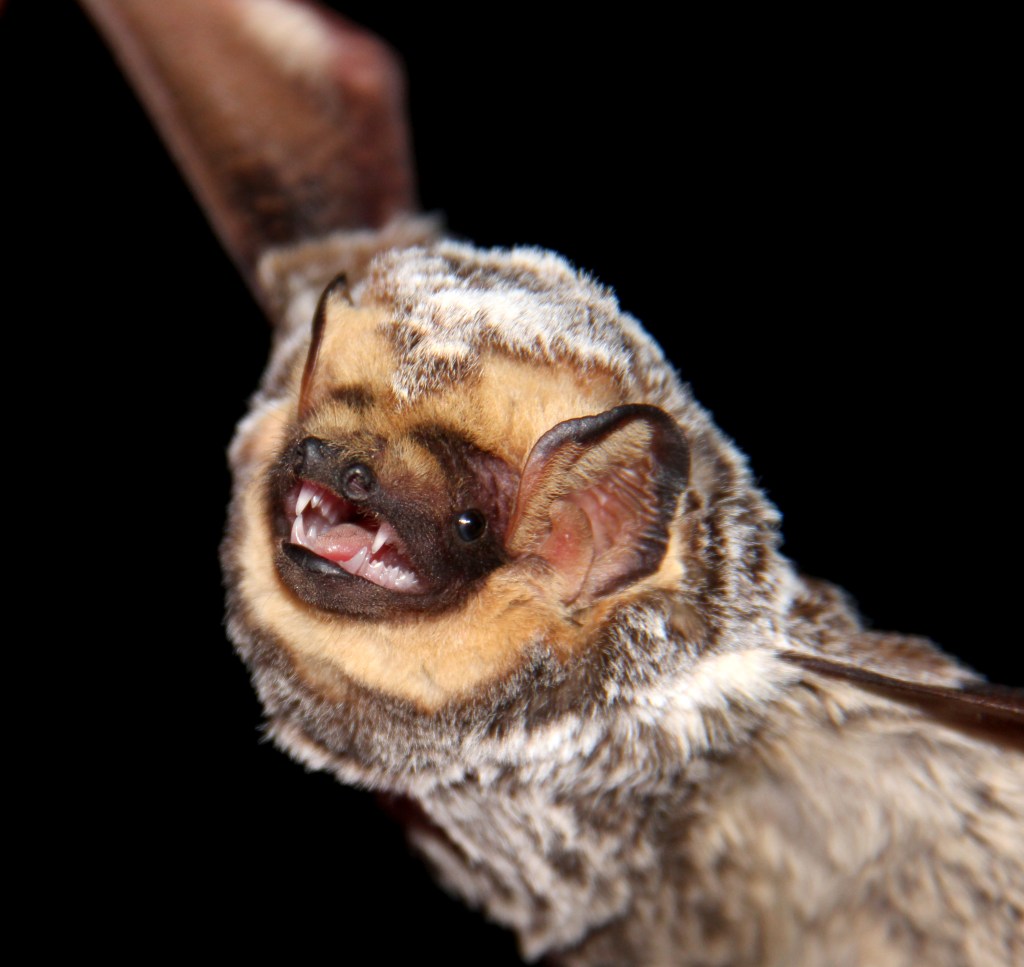
Measuring the mighty mudsnails with superpixels
Post provided by Liam MacNeil
Collecting data from thousands of biological specimens can reveal wide scale patterns, however, doing this manually is time intensive. In this blog post, Liam MacNeil describes their automated approach to data collection and the insights this provided on mudsnail morphology.
Continue reading “Measuring the mighty mudsnails with superpixels”



